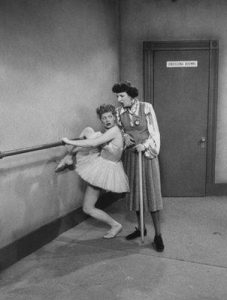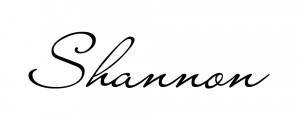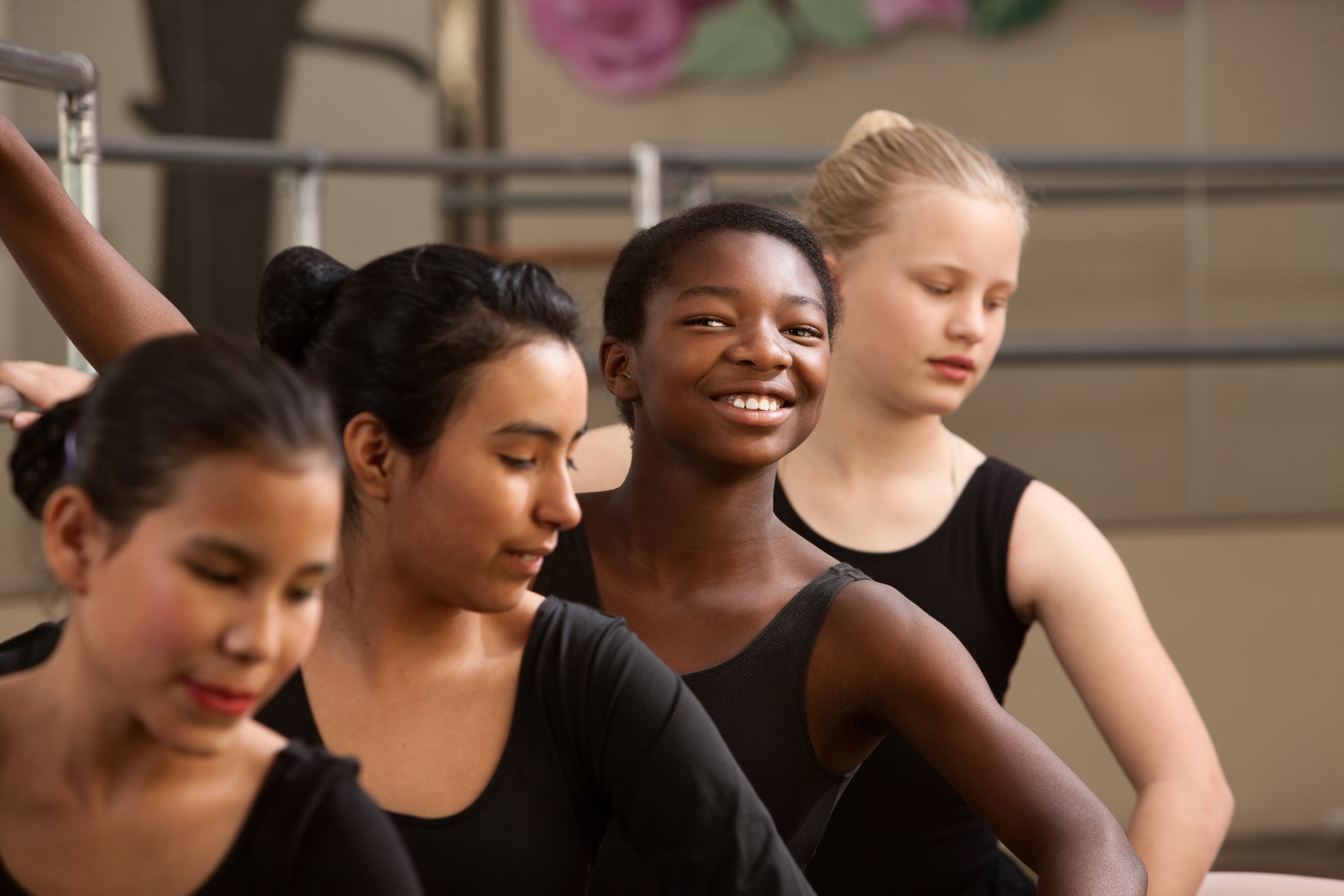During my high school years in dance I got an eye opening lesson in the consequences of sassing off to one of my instructors. A young girl in love with dance, I was confident in my abilities, yet like any other teenager, emotional and hormonal. One particular day I was working on my pirouette and my teacher told me to straighten my leg and without hesitation I snapped back with a huffy, “I did!” She calmly informed me to leave class, put on my gym shoes, and run laps in the parking lot.
Ballet commands an environment of poise, respect, and classic etiquette, which unfortunately, is not practiced often in everyday life nowadays. Just as there are rules of dress in dance, there are also basic rules of performance protocol that must be obeyed, or to be honest – you’ll be kicked out of class.
1. No gum.

Besides the obvious chocking hazard, no one wants to hear you chomping on gum in class. Younger students get a one-time pass when caught with gum while older students just get THE STARE.
2. Don’t slouch! (Or yawn.)

Posture is one of the most important aspects of being a stellar visual artist. Resist the urge to lean on the barre or cross your arms while the teacher is talking. It’s disrespectful in any dance class. Body language speaks volumes not only when you are performing but in how you are receiving instruction.
This is typically a hard lesson to learn for young dancers. Often students take the correction as “being in trouble”, but the only way to teach is to make a correction when you see it.
Yawning is a BIG no no in class. If you have to yawn, turn to the barre and pretend you are stretching or learn to yawn with your mouth closed. (Which will inevitably make your eyes water.)
3. D-I-S-R-E-S-P-E-C-T
There are several ways respect comes into play in dance etiquette. Talking back, for instance, does not fly in the studio. Think of this as a teacher/student relationship. “I tried” or “I can’t” is not an acceptable response for a dance teachers. In fact, “can’t” should not be a part of your vocabulary. Even if you don’t understand the correction yet simply shake your head and agree.
Rolling of the eyes – don’t try it. Late to class? Resist the urge to quietly slink into the room which is always disruptive. Teachers prefer you to wait at the door patiently and then they will wave you in when they are ready. It’s embarrassing, yes, but remember your teacher is in charge of class, it’s best to take cues from him/her. A good rule of thumb is, if you are early to class you will never be late!
4. Leave the drama at the door.

If you just spent the day arguing with a friend or a significant other, no matter what, that baggage needs to be left outside the studio. Think of the entrance to the dance studio as a threshold and a right of passage to temporary peace. We make it clear at ASA that you must leave conflict outside the studio as it always affects class.
While teachers are different in their approach to training, they all expect a consistent demonstration of respect. Meant to be a valuable compass, your teacher is standing in front of you today because she wants you to be a better dancer than the one you were yesterday. She sees herself in you and through her wisdom and intimate advanced knowledge of her craft, she can propel you forward in your natural ability to dance. Respect, while expected, is a necessity to achieve a beautiful performance.
Live. Love. Dance.

Image credit
Little girl, source unknown
I Love Lucy, CBS-TV






Recent Comments